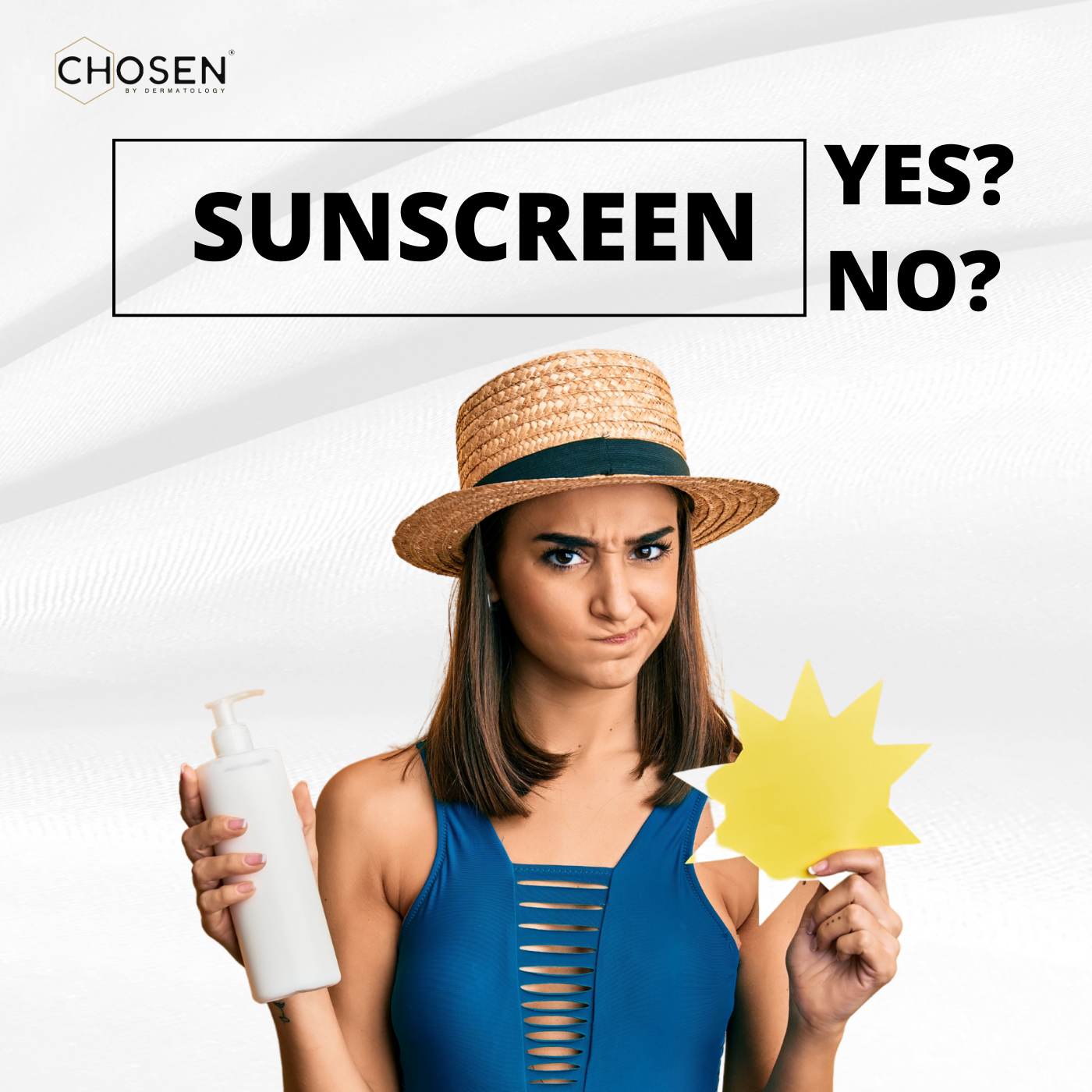Sunscreens are recognized as the most effective product in any skincare routine. There's solid evidence showing how sunscreen helps protect the skin and keeps it looking youthful and healthy. However, since every individual’s skin type and complexion is unique, it’s important to acknowledge some common concerns—often referred to as the disadvantages of sunscreen—that people experience when they begin using it regularly.
Here’s a closer look at the top 3 concerns or perceived downsides of sunscreen, and how you can work around them with the right products and practices.
1. Visibility and Feel of Sunscreen on Skin
One of the most common disadvantages of sunscreen is its visibility after application, especially in the form of a white cast. This chalky, greyish layer can deter people—especially those with medium to dusky complexions—from applying sunscreen consistently.
Other sensory factors include:
-
Heaviness on the skin
-
Greasy texture
-
Strong fragrance
Many sunscreens, particularly older formulations are usually based on some amount of oil and may feel heavy initially. That said, your skin can adapt over time, and newer sunscreens are formulated to be far more lightweight and comfortable.

To address these concerns:
-
Opt for fragrance-free sunscreens if aroma is an issue.
-
Try white cast-free or tinted sunscreens like the SAFESCREEN Tintense range, which is crafted for a better complexion match—especially for Indian skin tones.
With the right sunscreen formulation, these issues can be resolved and shouldn’t be a reason to skip sun protection altogether.
2. Concerns About Sunscreen Ingredients:
Another commonly discussed disadvantage of sunscreen is the confusion surrounding the safety of its ingredients. From online debates to social media buzz, many users are uncertain whether sunscreens are truly safe in the long run.
Here’s what you need to know:
-
There’s no need to panic. Scientific and regulatory bodies actively review sunscreen safety and you can also check the safety of your sunscreen ingredients using CHOSEN’s ingredient safety checker.
-
For special populations like pregnant women or nursing mothers, non-nano zinc oxide-based mineral sunscreens are considered safest.
-
New-generation UV filters like Bemotrizinol, widely used in Europe, have shown better safety profiles than older UV filters like octinoxate or oxybenzone.
-
Safe sun behaviours such as avoiding direct sunlight, and the use of a wide-brimmed hat, for example, can add up the SPF by up to a factor of 7 – all of these are very useful, but often ignored, aspects of sun protection.
-
Use clothing for covered areas and topical sunscreens only on exposed skin. This smart balance minimizes product load on your skin and our planet.

3. Irritation, Acne, or Allergic Reactions
Skin reactions—such as breakouts, rashes, or irritation—are another commonly reported disadvantage of sunscreen. However, these are usually not due to sunscreen as a category, but rather due to:
-
Poor or comedogenic formulations
-
Incompatible ingredient combinations
-
Incorrect application methods or usage quantity

These reactions can often be avoided by:
-
Choosing dermatologist-tested, non-comedogenic sunscreens
-
Using products suited to your skin type (e.g., SAFESCREEN Silymarin for oily skin, SAFESCREEN Nexgen for sensitive skin)
-
Using CHOSEN’s sunscreen calculator to apply the right amount of sunscreen.
While some may perceive certain disadvantages of sunscreen, most of these concerns are manageable—and certainly not a reason to skip sun protection. With proper guidance and well-formulated products like SAFESCREEN, sunscreen can work wonderfully for all skin types.
You may also like to explore:
